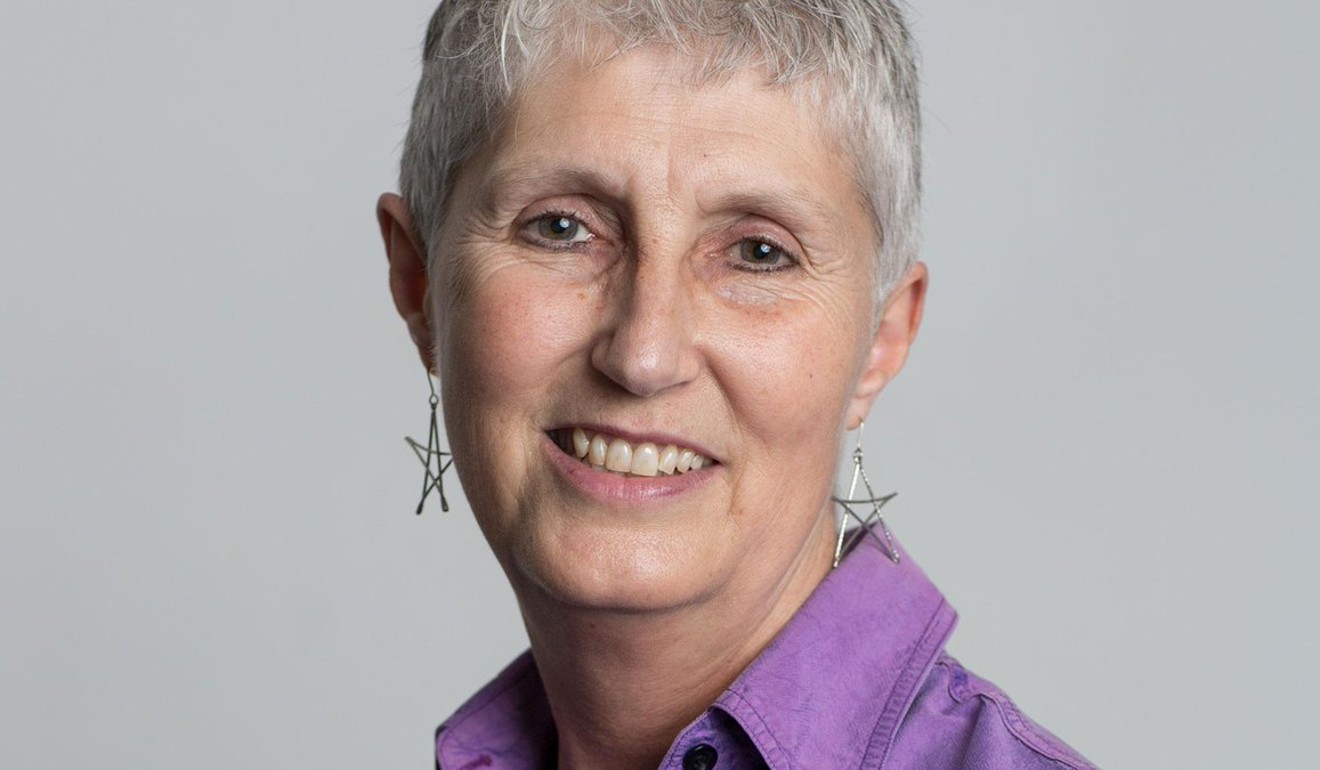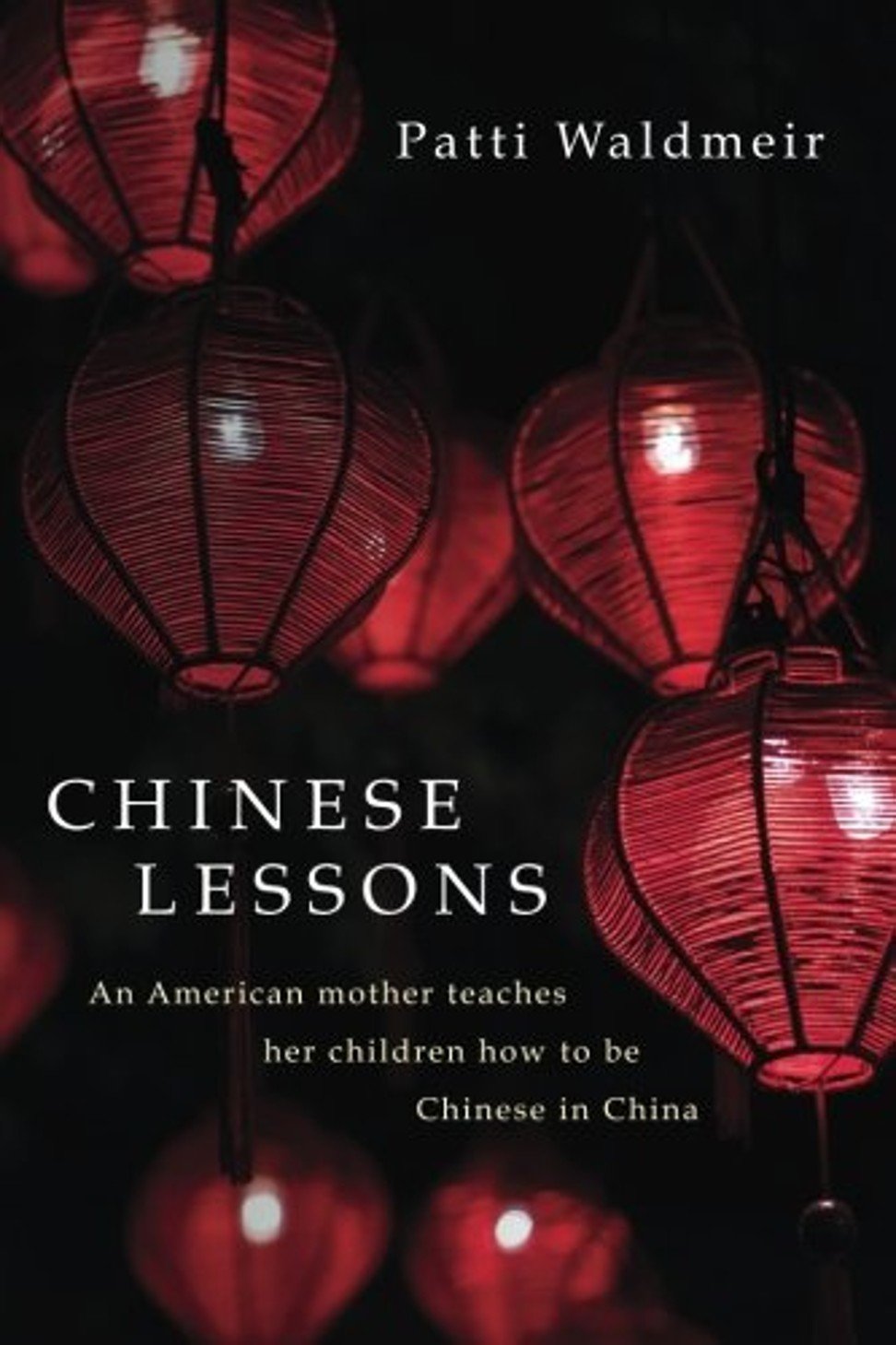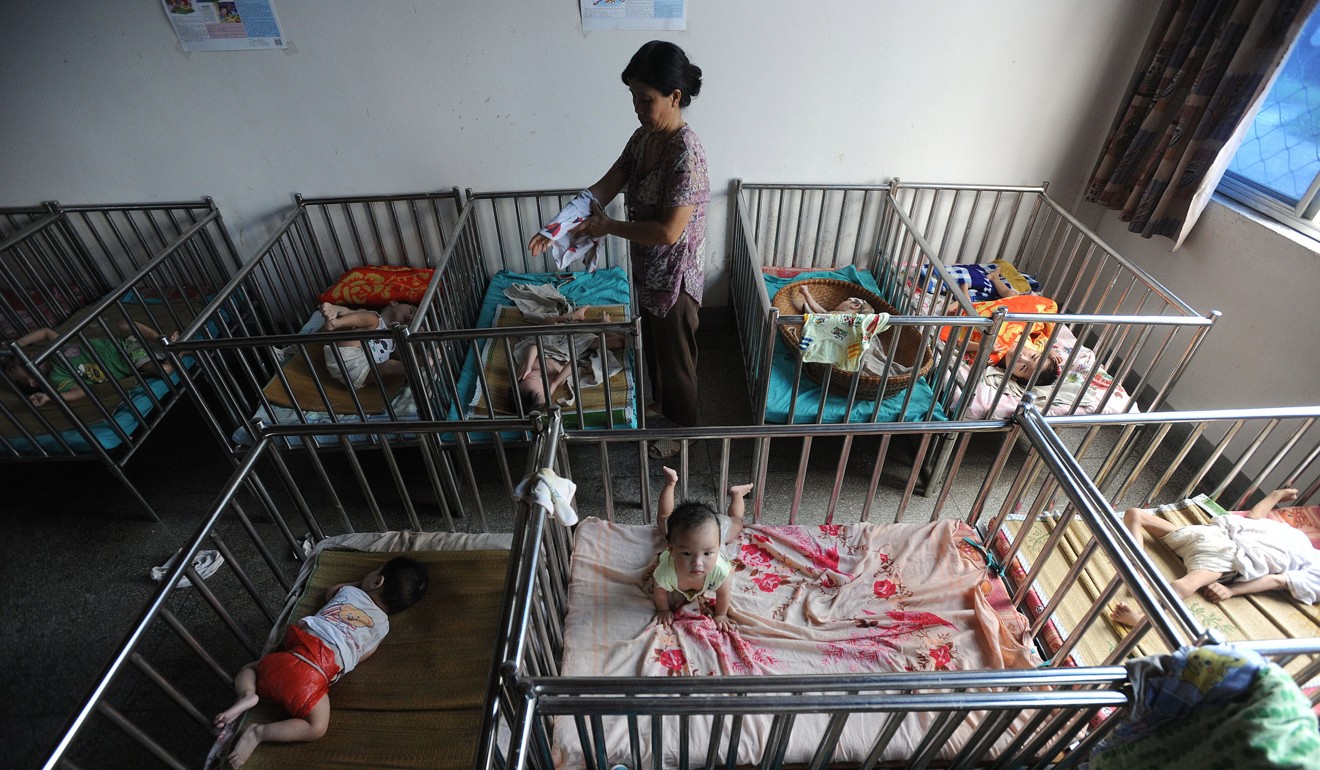
Review | How a mother taught her adopted daughters to be Chinese in China – she tells her story in a new book
While Chinese Lessons is an intimate account by Patti Waldmeir of raising her two Chinese daughters, this is no tale of adoption angst. An ex-journalist, she writes informatively and explores timely questions of race, identity and family
Chinese Lessons: An American Mother Teaches her Children How to be Chinese in China
by Patti Waldmeir
CreateSpace
4/5 stars
Contrary to popular belief, it is not, nor has it been, easy to adopt a child from China. Babies do not exit the country like cheap electronics and fast fashion. But there was a time when the doors were slightly ajar. It was during this period that Patti Waldmeir was able to adopt two baby girls.
Chinese girl adopted by American family miraculously reunited with her birth parents on Hangzhou’s Broken Bridge
“By some remarkable accident of both female hormones and geopolitics,” Waldmeir writes in her new book Chinese Lessons: An American Mother Teaches her Children How to be Chinese in China, she “was ready to adopt at exactly the moment when China was most ready to let me do so”.
Waldmeir says “no time before or since would have been better”, supporting her claim with stats; US adoptions from China rose from almost nothing before the 1990s to their peak at nearly 8,000 per year in 2005 and then fell to around 2,000 a year within a decade.

Chinese Lessons is Waldmeir’s second book and as the title implies it’s a personal account of Waldmeir raising her two adopted Chinese daughters. This is not just some average, expat-style memoir though.
As a long-time journalist at The Financial Times, and its former Shanghai correspondent, Chinese Lessons delivers much more than its title. It’s sentimental yes; equally, it’s informative and explores timely questions on race, identity and family.
The book’s structure is fairly straightforward. We follow Waldmeir from when she decides she wants children, through the adoption process and then on to raising daughters Grace and Lucy (a year apart in age) first in the US and next in China.

Waldmeir writes with confidence and wit. Lines like, “at age nine, it was pretty clear that she didn’t feel the need of a birth mother to be happy; just an iPhone,” add lightness to the book. Waldmeir says that she liked the attention she received both in the US and China about her choice to adopt, “the opportunities it offered for instant canonisation” she writes, in which strangers would assert that she was “in fact Mother Teresa”. She adds drily: “No one ever chose to discuss the weather.”
As these snippets highlight, this is no tale of adoption angst. In fact, Waldmeir’s children seem completely non-fussed about their adopted status. Their mother wants to talk much more about any emotional hang-ups they might have than they do. Waldmeir writes: One of the girls “heard the story of the handover scores of times, but for her, the undisputed highlight of the tale was always the fact that her first official act was to defecate on me.”
In another instance, following a visit to one of the daughter’s orphanages which elicited minimal emotional response, Waldmeir asks whether one day her daughter “would grieve for what happened to her there”.
Chinese girls return to orphanage 14 years after adoption by US families to highlight plight of ‘left-behinds’
But this is not a rose-tinted look at adoption either. The book’s real strength centres on how it weaves in the story of contemporary China in all its raw and morally compromising ways. The trauma of the one-child policy, and the tragedies of adoption, a policy spin-off, are never far away. “By then Beijing was eagerly throwing money – and toys, toys, toys – at all those banished babies, to expiate the national guilt,” Waldmeir writes at one point.
Consumed by the question of whether her adopting Chinese children means she was unknowingly complicit in a system tainted by bribery, corruption and of course heartbreak, she tasks herself with uncovering as many details as possible related to it. Waldmeir finds some answers, though none that ever completely put her mind at ease (“at the end of the day, on some level, it’s all trafficking” she notes towards the book’s end).

Through this journey, she introduces a woman who had to marry the son of her new family, her brother for all intents and purposes, and another – female, second child – who “was born of love, hidden at risk of physical injury, and torn from their grieving arms when all else failed to keep her”.
Then there are the countless other children born with disabilities and illnesses so severe that they will never find a home beyond an orphanage. Adoption doesn’t just concern adoptees after all.
How European Enlightenment thought reached China via Macau and its Baroque St Joseph’s Seminary – a new history
Chinese Lessons will not appeal to everyone. It’s still ultimately a personal account, with the narrative weighted more towards Waldmeir’s own experiences as a mother and that of her children. The opening section, in particular, taking place as it does mostly in the US, is unlikely to grip those beyond parents of adopted children, or those thinking of that path. And of course this is not the first book that tackles adoption in China from the perspective of adopter – others have come before it and no doubt others will follow.
But these points shouldn’t detract from the book’s strengths. For those who have read Mei Fong’s One Child or are fans of the writings of Xinran, it’s a welcome addition, providing a different perspective from someone whose knowledge of China is at once professional and intimate. Certainly, as the book enters the second half, and China becomes a more central character, it’s hard to put down.
Asian Review of Books
